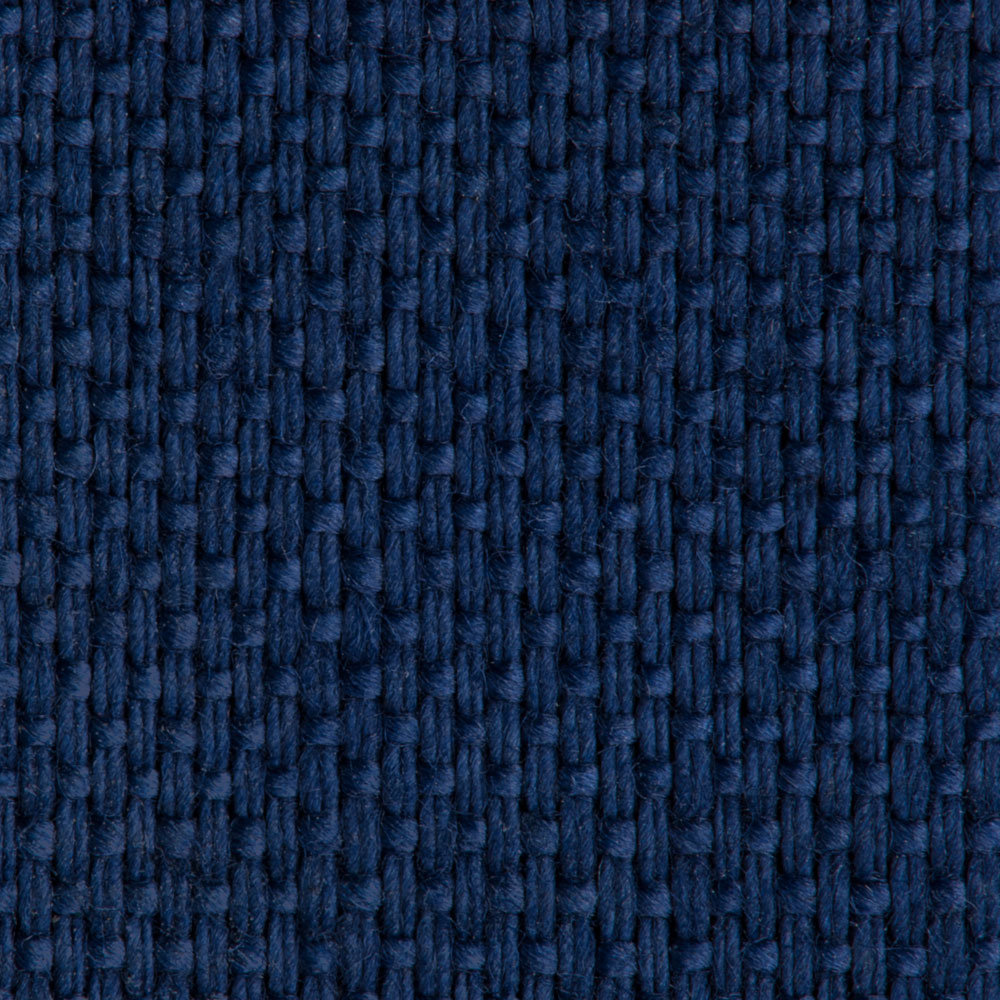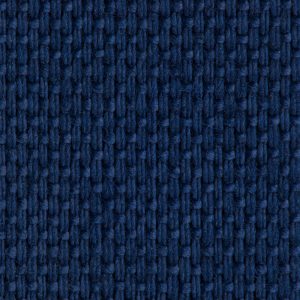As is apparent from its name, sailcloth was originally designed for use as sails, and as such is practical and sturdy. The traditional cotton sailcloth used for clothing is usually in a 2/1 basket weave. The name is often interchanged with canvas and duck.
Sailcloth is also the name given more generally to any fabric used for sails, which is now often a manufactured fiber with special qualities or treatments for UV-, moisture- and salt-resistance.
Uses: Sails; upholstery; sportswear and workwear
See also:

